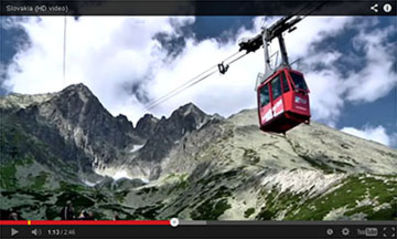The caves of the Slovak and Aggtelek Karst have been listed as UNESCO World Heritage Sites since 1995. Thanks to a bilateral Slovak and Hungarian nomination project, our joint caves can now be admired by everyone.
Exceptional concentration of caves
To this day, more than 1,000 caves and abysses with different forms of sinter and ice fillings have been discovered on and below the karst plains. Such a concentration of caves probably cannot be found anywhere else in the moderate climatic zone.
Genetic and morphological diversity of caves
On just a relatively small area, there are many types of caves, created by complicated speleogenetic processes taking place since the end of the Mesozoic era. Corrosion abysses, river caves, submerged caves, and more.
Occurrence of rare cave fauna and archaeological finds
These caves have been permanently or temporarily inhabited by more than 500 animal species, including rare species that live only in the caves in this area, or even only in a single cave.
As the caves were filled in over time, a series of prehistoric cultural finds have been preserved dating 35,000 years back. Humans used the caves as dwellings, sanctuaries, and tombs. For them, the caves had a sense of mystery that we can still feel today. It’s one of the ways that continues to connect us to our ancestors and one of the reasons why we are still attracted by caves.
The most significant underground karst phenomena:
Ochtinská aragonitová jaskyňa, Domica – Čertova diera, Silicko-Gombasecký jaskynný systém (Silická ľadnica, Gombasecká jaskyňa), Krásnohorská jaskyňa, Hrušovská jaskyňa, Jaskyňa Skalistého potoka – Kunia priepasť, Drienovská jaskyňa, Jasovská jaskyňa, and abysses: Diviačia priepasť, Zvonivá jama, Obrovská priepasť, and Snežná diera.
Source: TIC Rožňava








